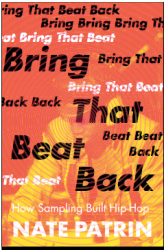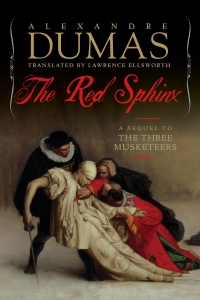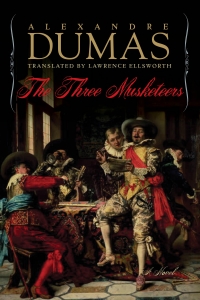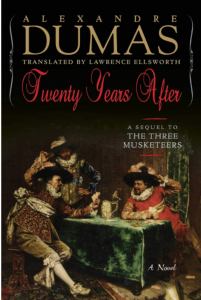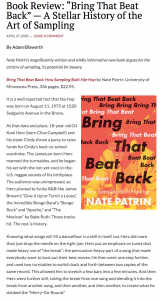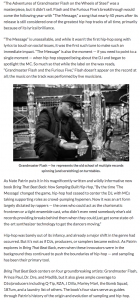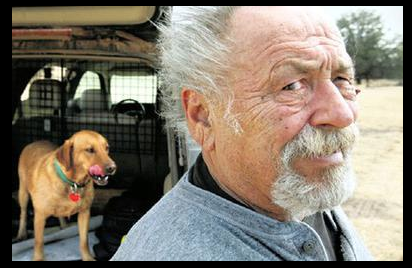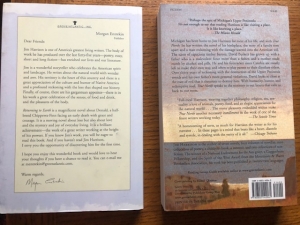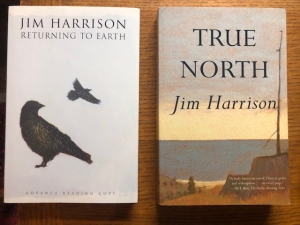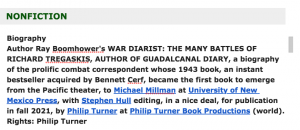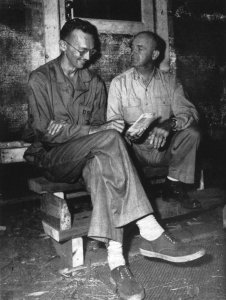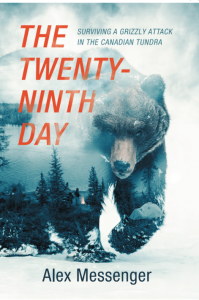From Philip Turner Book Productions—Looking Back on 2020 and Ahead for 2021
 Readers of this blog may recall that last summer I announced here that my adult son Ewan Turner had joined Philip Turner Book Productions as Managing Editor, heading up a new division called New Stories, devoted to cultivating new work, including fiction, narrative nonfiction, and memoir. A BFA graduate of The New School, Ewan is a fiction writer himself, and earlier was the editor of KGB Bar Lit Mag and frequently led readings and open mics at that heralded literary venue. As an editorial assistant, he worked with such writers as playwright Mart Crowley; photojournalist Ruth Gruber; literary scholar Michael Patrick Hearn; and illustrator of the Eloise books, Hilary Knight. He’s also the author of Sotapanna, a poetry chapbook that was featured at KGB Bar and PhotoBookWorks Gallery, Beacon, New York.
Readers of this blog may recall that last summer I announced here that my adult son Ewan Turner had joined Philip Turner Book Productions as Managing Editor, heading up a new division called New Stories, devoted to cultivating new work, including fiction, narrative nonfiction, and memoir. A BFA graduate of The New School, Ewan is a fiction writer himself, and earlier was the editor of KGB Bar Lit Mag and frequently led readings and open mics at that heralded literary venue. As an editorial assistant, he worked with such writers as playwright Mart Crowley; photojournalist Ruth Gruber; literary scholar Michael Patrick Hearn; and illustrator of the Eloise books, Hilary Knight. He’s also the author of Sotapanna, a poetry chapbook that was featured at KGB Bar and PhotoBookWorks Gallery, Beacon, New York.
Looking back on the year that ended last weekend, I see that in 2020 we:
- Edited manuscripts and book proposals from seventeen different authors;
- Sold six new books to publishers and four to audio companies, books that will be published this year and next.
Some of those sales have been noted on this site, such as:
- Devouring Time: Jim Harrison, a Life , forthcoming by Todd Goddard, on the acclaimed fiction writer, master of the novella, gourmand, and fisherman;
- Richard Tregaskis: Reporting Under Fire from Guadalcanal to Vietnam by Ray E. Boomhower, coming in 2021 on the author of Guadalcanal Diary, the first bestselling book to emerge from the Pacific theater in WWII;
- Sparkling new translations of four of the novels in Alexandre Dumas’s timeless Musketeers Cycle by the polymathic Lawrence Ellsworth, game designer and founding member of the team that created Dungeons & Dragons;
- Emily Mann: Rebel Artist of the American Theater, by Alexis Greene, longtime theater writer, examining the life and career of the prominent woman playwright who’s excelled in a theater world long ruled by a patriarchal structure.
- And Bring That Beat Back: How Sampling Built Hip-Hop by music writer Nate Patrin, published last May by University of Minnesota Press, and named to many best-of-2020 lists, which will be an audio book in 2021.
Also in 2020, five books we had earlier sold to publishers were issued. These were:
The Twenty-Ninth Day: Surviving A Grizzly Attack in the Canadian Tundra by Alex Messenger (Blackstone Publishing, trade paperback edition 2020, following 2019 hardcover edition)
The Investigator: Justice and Demons of the Balkan Wars by Vladimir Dzuro (Potomac Books)
The Last Days of Sylvia Plath by Carl Rollyson (University Press of Mississippi, hardcover; Blackstone, audiobook)
Blood Royal: A Sequel to The Three Musketeers by Alexandre Dumas, translated by Lawrence Ellsworth (Pegasus Books)
Bring That Beat Back: How Sampling Built Hip-Hop by Nate Patrin (University of Minnesota Press, also named above)
This month marks my eleventh year as an independent editor and literary agent, and I am more energized than ever by the opportunities to work more closely with authors than I did during my latter years in corporate publishing. Even with the many challenges the book industry is facing, such as bookstores now open for only limited, distanced hours due to the lingering pandemic. I am optimistic about the book business, as readers are eager to have the companionship of books, and writers are driven to tell their singular stories.
We work on a wide range of material, with special affinity for imperative books that really matter in people’s lives. I’m always interested in first-person work from authors who’ve passed through some crucible of experience that leaves them uniquely equipped to write their book. If you have a project you’re developing, or a personal essay, and want to discuss your work, or a project you think may be ready to offer to publishers, please don’t hesitate to contact one or both of us.
Ewan can be reached at ewanmturner [@] gmail [.] com, while my contact info is philipsturner [@] gmail [.] com.

